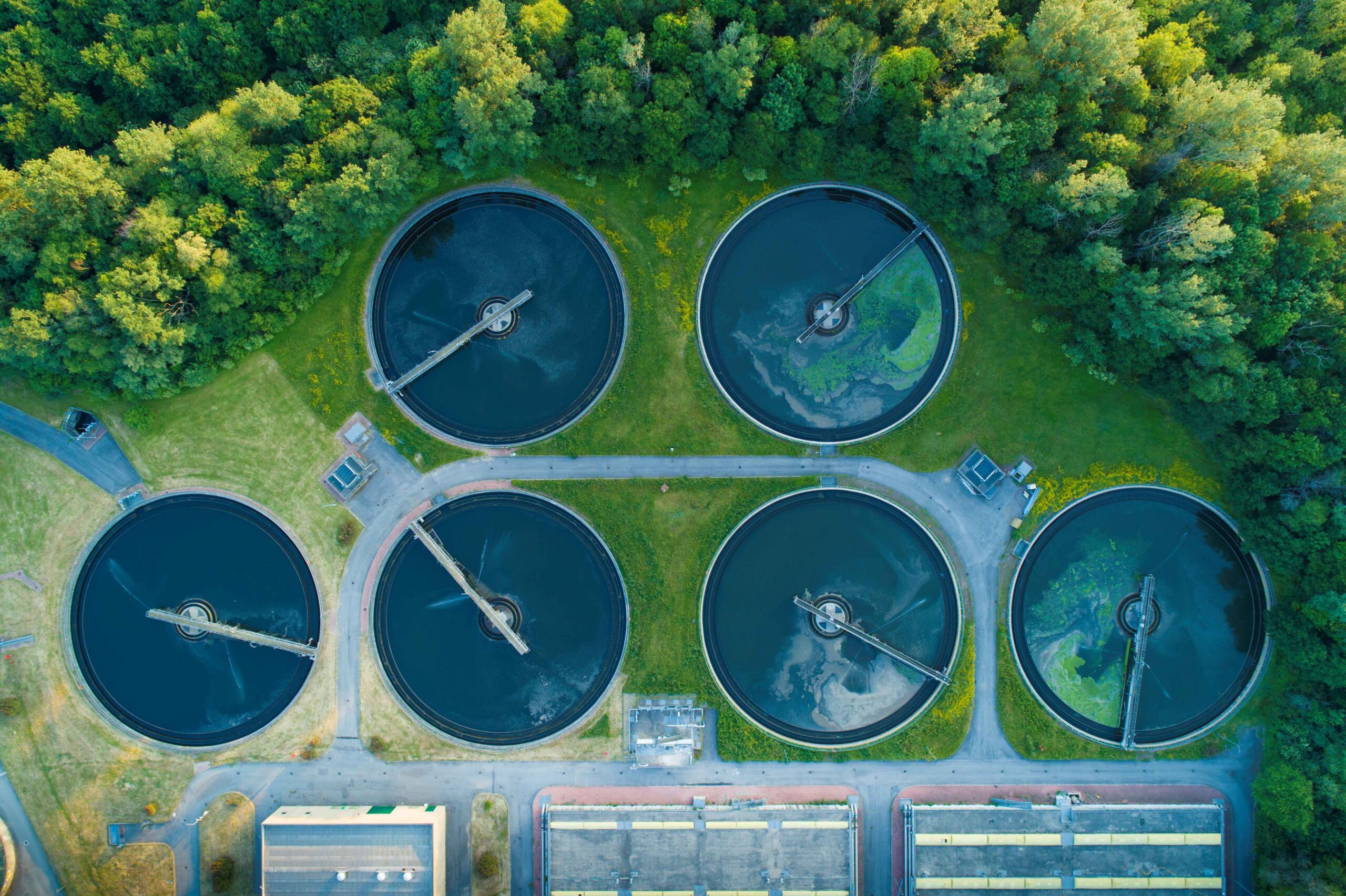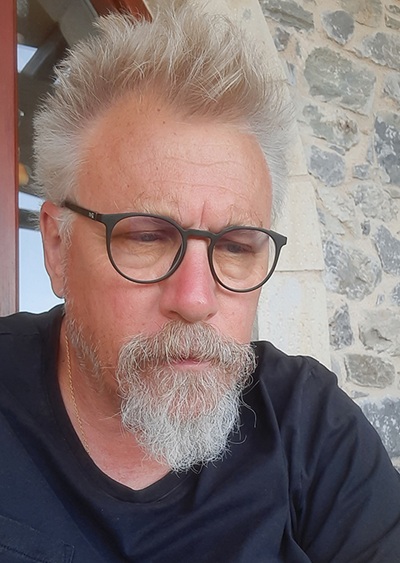
Urban wastewater reveals drug use habits
in 75 European cities in 25 countries
The results for Cyprus result from the collaboration between the Nereus International Water Research Centre of the University of Cyprus and the Cyprus Addiction Treatment Authority
by Dr. Magda Psychoudakis, Dr. Christos Minas, Mrs. Maria Savvidou, and Dr. Desfo Fatta-Kasinou
In recent years, monitoring the composition of urban wastewater has become a very useful tool that can provide scientists and society with valuable information, both on the use of various chemicals (pharmaceutical compounds, drugs, etc.) in a community and on the presence of pathogenic organisms (e.g. SARS-CoV-2, polio, etc.). This method is known as wastewater epidemiology and is based on collecting samples of incoming wastewater from the inlets of an area’s municipal wastewater treatment plant and analysing them to determine chemical or biological indicators. The findings in these samples are attributed to the residents of the area served by this station.
According to Dr. Despo Fatta-Kasinou, Professor of the Department of Civil and Environmental Engineering and Director of the International Water Research Centre NIREAS of the University of Cyprus, since 2012 the Centre has developed a methodology based on wastewater epidemiology for the measurement of illicit drugs in wastewater from Nicosia and Limassol. In fact, from 2020 onwards, monitoring of the new SARS-CoV-2 coronavirus will be carried out by the NIREA research team.
The Research Centre has been actively participating for a decade in the European SCORE network, under the auspices of the European Monitoring Centre for Drugs and Drug Addiction (EMCDDA), providing data on the consumption of illicit drugs in Nicosia and Limassol. Having entered into a Memorandum of Understanding last year with the Cyprus Addiction Treatment Authority (CTA) and with the support of CTA, drug measurements are now being carried out in incoming wastewater at treatment plants in Cyprus reflecting drug use in the larger networks of communities served by these plants in Nicosia, Lemesos, Larnaca, Paphos, and the Agia Napa – Paralimnios area. These data are also provided to the SCORE network.
Based on the protocol defined by the SCORE network, each year samples of incoming wastewater are collected daily for a week and measured for the concentration of amphetamine, methamphetamine, MDMA (ecstasy) and benzoylecgonine, which is a biological indicator of cocaine use. In addition, with the financial support of the AAC, a methodology was developed in the laboratories of the NIREAS International Water Research Centre in 2021 to monitor the effluent and the levels of oxycodone, mephedrone, ketamine and its metabolites, as well as heroin and its metabolites (morphine, monoacetylmorphine).
Today, the European EMCDDA is publishing the results of the survey conducted in spring 2021 by the SCORE network, which this year involved 75 European cities (a total of 90 cities from around the world), including Nicosia, Limassol, Paphos, Larnaca and the Ayia Napa-Paralimni region, with the findings of particular interest.
For another year, the countries of Western and Southern Europe (Belgium, Spain, the Netherlands) are proving to be “champions” in cocaine use, but now there is also an increase in the use of cocaine in Eastern European countries, while in the majority of cities where measurements were taken, there is an upward trend in the consumption of this substance, compared to the previous year. MDMA was the only drug found at lower levels in most European cities than in the previous year, with the highest consumption in Central and Northern European countries (Belgium, Germany, the Netherlands). The study also found increased use of cocaine and MDMA at weekends, compared to weekdays.
In terms of amphetamine use, the top positions are held by countries in the European North and Eastern Europe, with the Netherlands, Sweden and Belgium in the highest positions. In the case of amphetamine, most countries found increased use in 2021, compared to 2020. Of particular interest are the findings regarding the use of methamphetamine, which has traditionally been more prevalent in the Czech Republic and Slovakia, but now notable use of the substance is also observed in other countries, such as the Netherlands, Belgium and Cyprus, the EMCDDA said in its statement.
According to Dr. Psychoudaki, the main researcher of the project, methamphetamine use in our country remains below the average of the participating cities (5 to 20 times lower), but in a higher position compared to other drugs. The highest use in Cyprus in 2021 is found in Paphos and in areas of Nicosia. In addition, Cyprus ranks among the lowest in the European ranking with regard to the use of cocaine, ecstasy and amphetamine. It is worth noting that the highest levels of these drugs measured in Cyprus were found in the area of Ayia Napa-Paralimni.
Finally, Dr. Christos Minas, President of the Cyprus Addiction Treatment Authority, noted that the scientific data that is being shared today is a valuable tool for policy making in the field of drug dependence.
All the results of the SCORE survey are presented in the link:
https://www.emcdda.europa.eu/publications/html/pods/waste-water-analysis_en







Leave A Comment